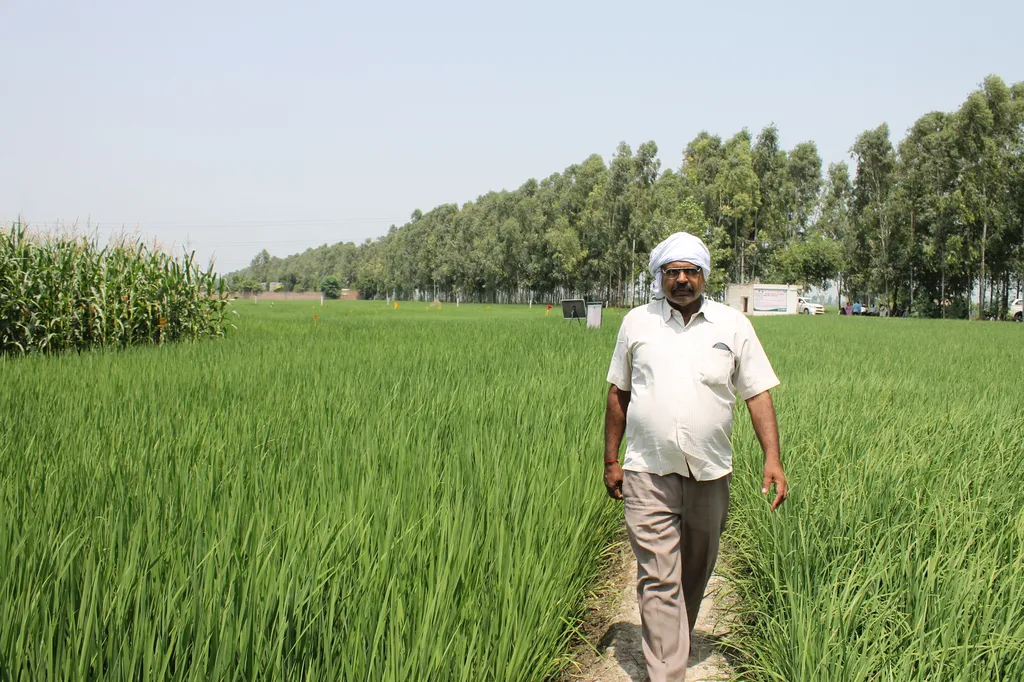In the heart of India’s agricultural landscape, a quiet revolution is taking root, one that promises to reshape the way we think about wheat cultivation and its environmental impact. A recent study published in *Frontiers in Sustainable Food Systems* has shed light on the potential of no-tillage practices to significantly reduce greenhouse gas (GHG) emissions and improve the carbon footprint of wheat farming in Bihar, a state pivotal to India’s food security.
The research, led by Ram Pal from Dr. Rajendra Prasad Central Agricultural University in Samastipur, India, compared conventional tillage and no-tillage wheat production systems. The findings are striking. Conventional practices, such as CP-12, were found to be more emission-intensive and heavily reliant on non-renewable energy. In contrast, no-tillage systems consistently showed lower emissions, higher carbon efficiency, and improved sustainability.
“Our study demonstrates that no-tillage is not just a low-emission option but also a more energy-efficient and sustainable production system,” Pal said. “This aligns perfectly with the principles of climate-smart agriculture.”
The study measured total GHG emissions from agricultural inputs, which ranged from 1745.66 to 2239.27 kg CO₂-eq ha⁻¹. Indirect energy sources were identified as the largest contributors in several no-tillage variants. Notably, the no-tillage system NT-6 recorded the highest carbon offset at 2597.12 kg CO₂-eq ha⁻¹, while NT-3 achieved the lowest net carbon emission at just 16.76 kg CO₂-eq ha⁻¹.
The carbon sustainability index (CSI) further underscored the benefits of no-tillage practices. The maximum CSI value of 0.079 was obtained under NT-4, while CP-1 had the lowest CSI at -0.363. These results provide a compelling case for the adoption of no-tillage practices in wheat cultivation.
The commercial implications of this research are profound. As the global agricultural sector faces increasing pressure to reduce its environmental footprint, the findings offer a practical and effective solution. Farmers in Bihar and beyond can adopt no-tillage practices to enhance productivity while mitigating climate change impacts.
“This research provides evidence-based guidance for policymakers, planners, and farmers,” Pal noted. “It supports the adoption of conservation practices that enhance wheat productivity while reducing the environmental footprint.”
The study’s insights are timely, as the agriculture sector grapples with the dual challenges of feeding a growing population and addressing climate change. By embracing no-tillage practices, farmers can contribute to a more sustainable future, ensuring food security without compromising the environment.
As the world looks towards innovative solutions to combat climate change, the findings from this research offer a beacon of hope. The shift towards no-tillage practices in wheat cultivation could very well be a game-changer, paving the way for a more sustainable and resilient agricultural sector.
The study, published in *Frontiers in Sustainable Food Systems* and led by Ram Pal from Dr. Rajendra Prasad Central Agricultural University, provides a robust foundation for future developments in the field. It underscores the urgent need for sustainable practices and offers a clear path forward for the agriculture sector.

